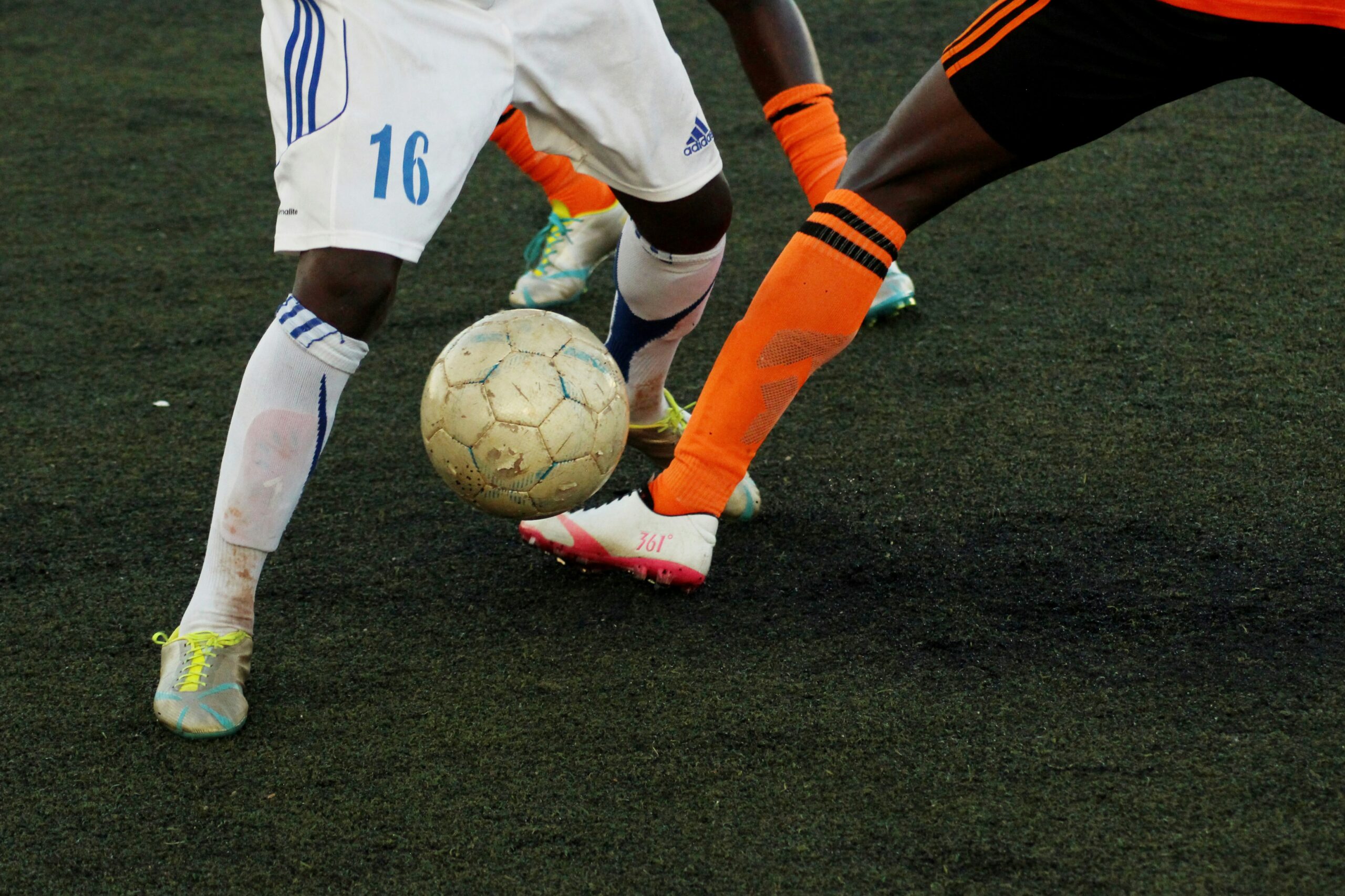Dribbling is one of the most important skills young soccer players can learn. It might look like fancy footwork, but it’s really about teaching kids how to control the ball, time their movements, and think creatively on the field.
Kids who can move well with the ball have more fun playing soccer. They get more touches during games and feel confident trying new things. In this post, we’ll go over some easy soccer dribbling drills that work great for youth players. These drills are simple to set up and help kids get better fast.
Why Every Youth Soccer Player Should Master Dribbling
When kids practice dribbling, they get better at a lot of things at once. Their balance improves because they have to stay steady while moving the ball. They learn to look around and see what’s happening on the field. All those little touches with their feet teach their brain and body to work together better.
Dribbling also helps kids stay calm when someone’s trying to take the ball away. During practice, when another player comes at them, they learn to think quickly and decide what to do next. Should they speed up? Slow down? Pass the ball? Kids with good dribbling skills can figure this out faster.
The best part is how dribbling makes kids feel more confident. When players can control the ball well, their teammates want to pass to them more often. They’re not afraid to try new moves or take on defenders. This means they touch the ball more during games and have more chances to improve.
Kids who practice dribbling also become more creative players. As they get better with their feet, they start trying out new tricks and combinations. This keeps practice fun and helps them develop their own style of playing.
Warm Up Right: Pre-Drill Prep for Youth Athletes
Good warm-ups help prevent injuries and get kids ready to learn. Start every practice with about five minutes of light movement. Simple stuff like jogging, skipping, and butt kicks works great. You don’t need any equipment for this part.
Next, do some stretching that gets the body ready for soccer movements. Walking lunges with a twist help loosen up the hips and core muscles that kids use when they change direction quickly. Leg swings in different directions get the hip joints ready. High knees and heel kicks wake up the smaller muscles that control how the foot touches the ball.
Once kids are warmed up, bring out the soccer balls:
- Start with toe-taps while standing still
- Move to inside-outside touches while walking slowly
- Try some light juggling or easy passing with a partner
During this time, teach three important habits that help with all dribbling: keep the ball close enough to control, use both feet equally, and look around to see what’s happening. Kids who learn these habits early do better in the harder drills.
Simple Dribbling Drills That Build Real Skills
Cone Weaving
Put five to seven cones in a straight line with about two yards between each one. Players start at one end and dribble through using small touches to go around each cone. The goal is to keep a steady rhythm, not to rush through as fast as possible.
This drill teaches kids how to keep the ball close and control their speed. They learn to make bigger or smaller touches depending on how much space they have. Start slow and speed up as kids get better. To make it more challenging, have them use only their right foot going one way, then only their left foot coming back.
Red Light, Green Light
Set up a rectangular area around 20 yards long where players start on one end and aim to reach the opposite side while dribbling. When you call “green light,” players begin moving forward while keeping the ball close. At “red light,” they must stop the ball immediately using the sole of their foot and freeze. The goal is to move across the space with sharp control and quick reactions.
This drill helps players develop tighter dribbling control, especially during abrupt transitions. The quick stops mimic changes of pace in real games, forcing kids to stay focused and in control. Once they’ve mastered the basics, you can add in challenges like doing a specific move before resuming play or switching the dribbling foot on each green light.
Gates Dribble
Make eight to ten small gates by putting two cones about one yard apart. Spread these gates around a 30-yard square area. Give players one minute to dribble through as many gates as they can. They can go through the same gate more than once, but try to get them to use different ones.
This drill teaches kids to make quick decisions while keeping control of the ball. They have to look up to find open gates while keeping the ball close to their feet. Keep track of how many gates each player goes through and challenge them to beat their own score next time.
Shadow Dribble
Pair up kids with similar skill levels. One player leads and dribbles around for 45 seconds while the other follows about two yards behind with their own ball, copying every move. Switch who leads after each round.
This drill helps kids react quickly and control the ball when they’re under pressure. The leader learns to change speed and direction, while the follower gets better at adjusting quickly while keeping possession. Make it harder by having the follower stay closer or by making the leader do specific moves.
1v1 Gates
Set up three small gates in a triangle with about five yards between each one. One player tries to dribble through any gate while the other player defends all three. Play for 30 seconds, then switch roles.
This drill combines dribbling with real pressure from another player. Kids learn to change speed and direction to create space, while defenders work on positioning and closing down attackers. Having three gates to choose from forces the attacking player to read the defender and decide quickly which way to go.
Build Skills That Last
Regular dribbling practice changes how young players think about soccer. As they get better at controlling the ball, they’re more willing to receive passes when defenders are nearby. They start trying creative solutions when they’re in tight spots. All that practice time with the ball helps them make better decisions during real games.
Focus on slow, steady improvement rather than expecting kids to get everything right away. Every player learns at their own pace, and some need more time to master certain skills. Celebrate the small victories and improvements to keep kids motivated and excited about getting better.
The drills in this post give you a great place to start, but remember that practicing regularly is more important than doing complicated drills. Twenty minutes of focused dribbling work twice a week will help kids improve faster than doing longer sessions every once in a while. As players master these basics, they’ll naturally start trying more advanced moves on their own.
Want more ways to help your child grow in soccer? Athletes Untapped connects families with vetted private soccer coaches for personalized 1-on-1 skill development. Explore more youth soccer training tips in our blog, or browse our coach marketplace to find the perfect fit in your area.




